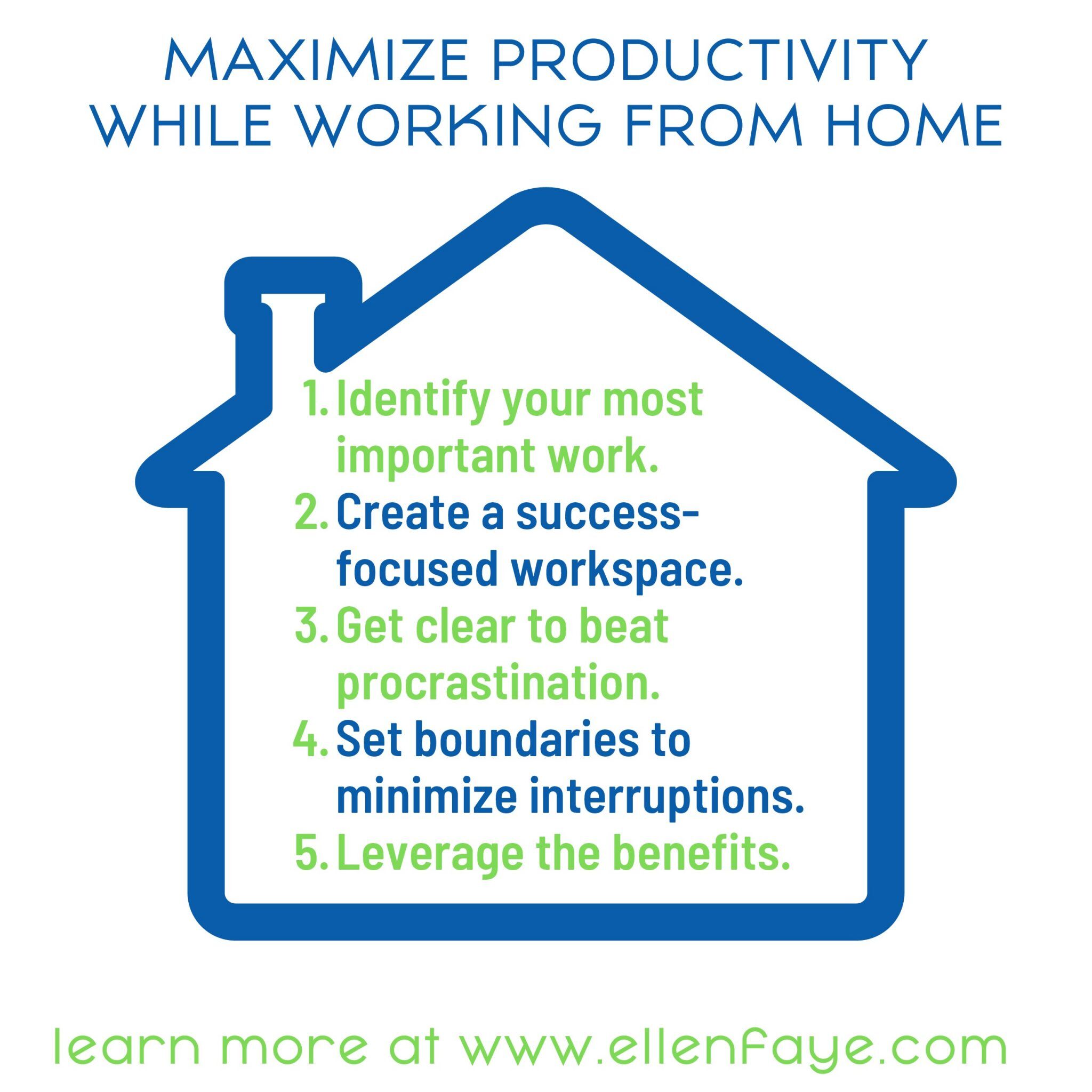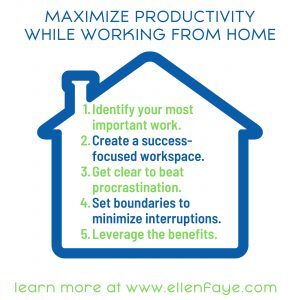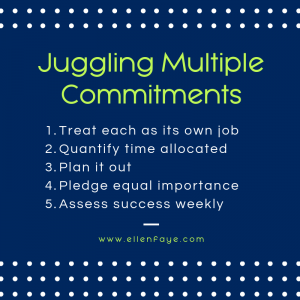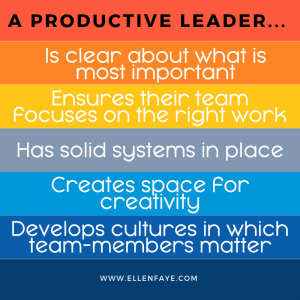23 Jul Improve Your Productivity in the New Covid Normal
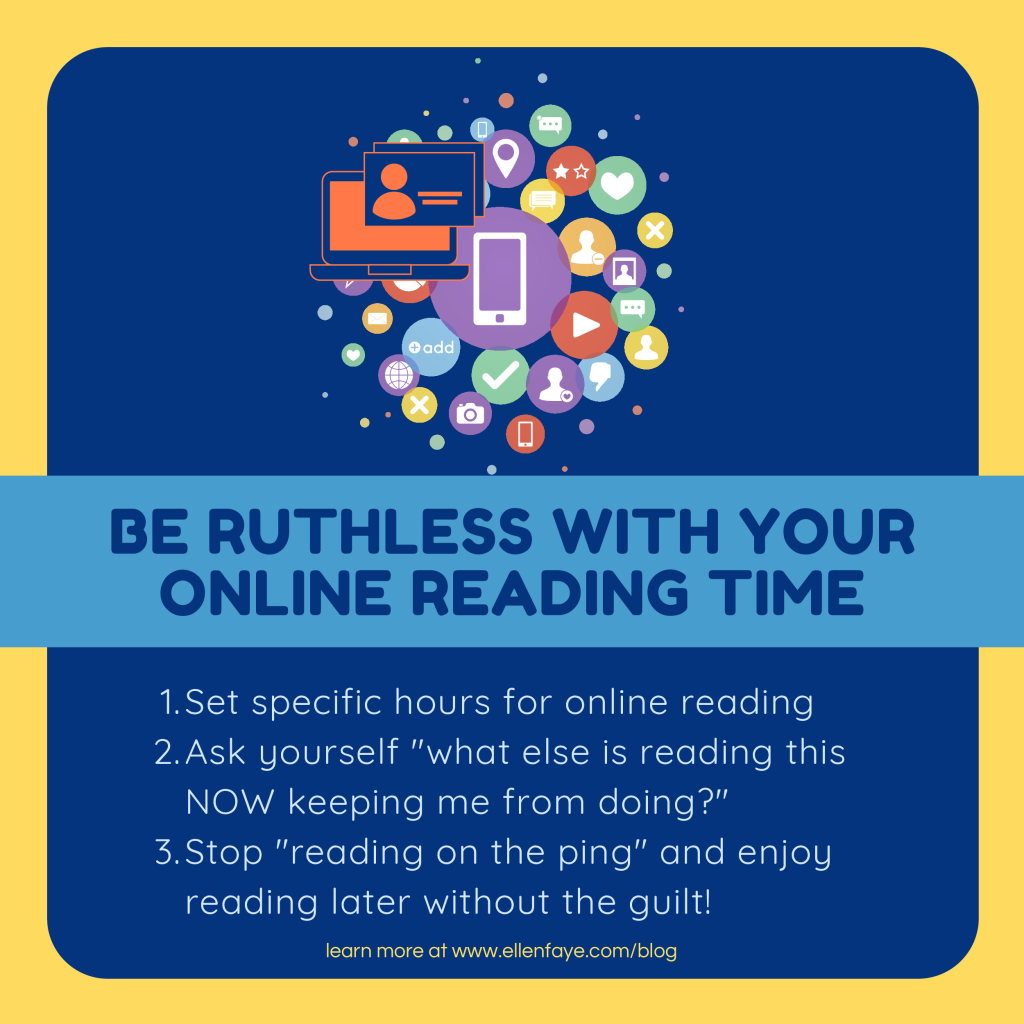 At the beginning of the pandemic, much was discussed about working from home. In my opinion, way too much discussion. I don’t know about you, but I was overwhelmed with the sheer volume of newsletters, emails, and social media posts, as well as the endless links of things to read shared by well-meaning friends. Even if I only read selectively, it took so much time!
At the beginning of the pandemic, much was discussed about working from home. In my opinion, way too much discussion. I don’t know about you, but I was overwhelmed with the sheer volume of newsletters, emails, and social media posts, as well as the endless links of things to read shared by well-meaning friends. Even if I only read selectively, it took so much time!
It was all too much. The rebel in me was not about to jump on that bandwagon and inundate you with more. I took that break, but now I feel like I have information that will help you adjust as we move into this new normal.
From talking to clients and colleagues around the world, it’s clear that things are different depending on location. I’ve heard of a few people preparing to head back to their offices now, while others are being told not to plan to return until 2021.
With that in mind, here are my productivity tips for the next few months:
- Be ruthless with your online reading/viewing time
- Create more structure than usual
- Schedule non-working and working blocks of time
- Plan (and take) vacation/stay-cation time
My intention with this blog has always been to keep the posts short enough so you can quickly read them and absorb them. I do not want these posts sitting in your inbox. Please read what I am sharing and then delete this email! You can always reference back at www.ellenfaye.com/blog. (The search feature will help you find what you’re looking for.)
To keep this short and sweet, I will address each of the above noted topics in individual posts. Today’s topic:
Be ruthless with your online reading/viewing time
Now more than ever be super selective with what you are choosing to spend your time reading and watching. The availability of information is enormous and endless. I have clients that spend hours reading things that they have never asked for, yet because it’s in their inbox or feeds, they feel compelled to read it. Here is how you can manage this:
- Set specific hours for online reading – that means articles, blog posts, texts, videos, and messages from well-meaning friends. If you stop for a quick read/view of everything that is sent to you, it’s going to be hard to get your important work done. Try blocking out time at the very beginning of your day, at lunch, and at the end of your day for this.
- While it may be interesting or have value, ask yourself “what else is reading this now keeping me from doing?” Some of you with a super high need for completion may need this extra nudge to keep you on task with the work you want to be doing.
- Reframe and read without guilt! – build in a system to help you stop “reading on the ping.” Move what you want to read to a folder, mark it unread, or flag it for later; then when you get back to it you can enjoy reading without guilt.
I can’t help thinking that solidifying these habits now are going to make you even more productive later! In my next post I’ll be address how to create more structure in your day, and why this is more important now than ever. Talk to you soon!




